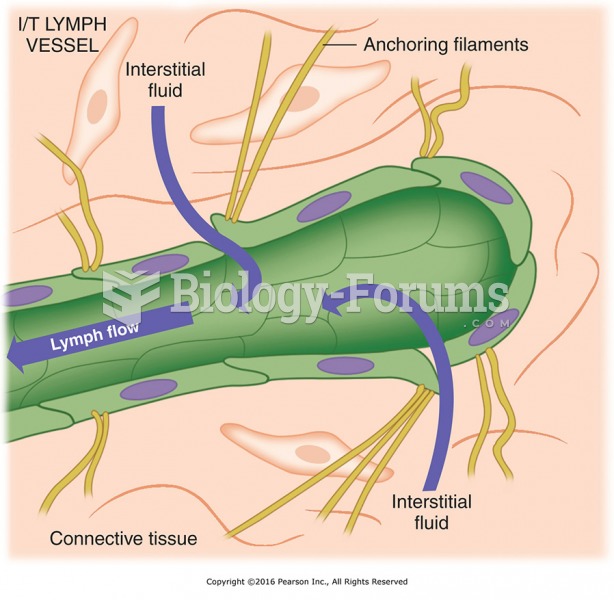Answer to Question 1
Answer: Terminal decline refers to acceleration in deterioration of cognitive functioning prior to death. Some investigations indicate that it is limited to a few aspects of intelligence, others that it occurs generally, across many abilities. Findings also differ greatly in its estimated lengthfrom 1 to 3 to as long as 14 years, with an average of 4 to 5 years. In several studies, a sharp drop in psychological well-being, including diminished sense of personal control and social participation and increased negative affect, predicted mortality. The downturn is especially steep in people age 85 and older and is only weakly related to mental deterioration or chronic illnesses. Perhaps different kinds of terminal decline existone type that is steeper arising from disease processes, another reflecting general biological breakdown due to normal aging. What we do know is that an extended falloff in cognitive performance or in emotional investment in life is a sign of loss of vitality and impending death.
Answer to Question 2
Answer: When older adults recall remote events, most happened between ages 10 and 30a period of heightened autobiographical memory called the reminiscence bump. The reminiscence bump is evident in the autobiographical recall of older adults from diverse culturesBangladesh, China, Japan, Turkey, and the United States. Why are adolescent and early adulthood experiences retrieved more readily than those of middle adulthood? Youthful events occur during a period of rapid life change filled with novel experiences that stand out from the humdrum of daily life. Adolescence and early adulthood are also times of identity development, when many personally significant experiences occur. Furthermore, the reminiscence bump characterizes emotionally positive, but not negative, memories. Culturally shared, important life eventsschool proms, graduations, marriage, birth of childrenare usually positive and cluster earlier in life. In contrast, negative eventsa serious illness, a car accidentare generally unanticipated and are not overrepresented during any life period.







